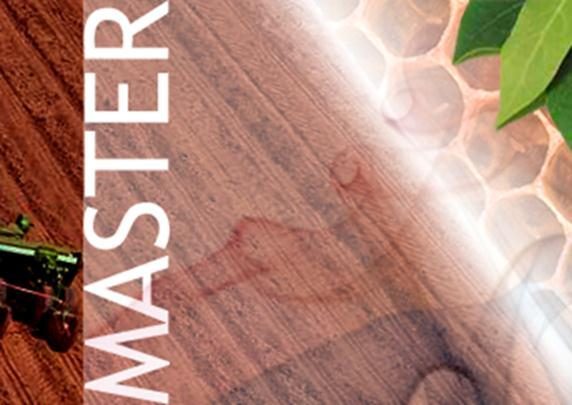Research project Measures and innovative techniques to reduce dust drift from pesticide seed dressing during sowing

Contact our expert

David Nuyttens
Onderzoeker ILVO
General introduction
The problem of dust drift from pesticide seed dressing has been little studied and its relevance is unknown. ILVO, together with the Katholieke Universiteit Leuven (KULeuven), studies the depth of this problem and formulates reduction measures and helps to bring them into practice.
Dressing seeds with pesticides to control pests, a widespread practice for various crops, has important advantages but also presents risks. One of the risks is possible emission of abraded pesticide-coated seed particles to the environment during sowing. Driven by air currents, this pesticide dust drift phenomena might lead to pesticide contamination of air, water and other natural resources in crop-growing regions. Recently, dust drift incidents resulted in high bee losses in Germany, France, Slovenia and Italy. The main factors affecting the dust drift risk are seed treatment quality, the environmental conditions and the seed drill technology.
Research approach
In this study, ILVO and partner KULeuven use an integrated experimental and modelling approach that includes development of the following: 1) a measuring set-up and protocol to determine the dust drift reduction potential of a sowing machine under controlled conditions,2) a measuring set-up and protocol to measure dust drift from pesticide seed dressing under practical conditions,3) a sowing machine model, which simulates the dust behaviour in the machine and can be used to evaluate the effect of machine design and settings on dust generation, 4) a dust drift emission model to simulate the behaviour of dust drift in the environment and to evaluate the effect of environmental and soil conditions on dust drift and 5) innovations in sowing techniques to reduce the dust drift risk from pesticide seed dressing.
Relevance/Valorization
This study delivers five practice-oriented results: 1) adaptations to, and better use of, existing sowing techniques and development of new sowing techniques, 2) dust drift reducing measures and advice during the seed drilling process, 3) simulation software to evaluate and optimize the sowing process with regard to dust drift, 4) data, measuring techniques and simulation software to evaluate the dust drift risk as a function of seed quality, sowing technique and environmental conditions, and 5) an overall better understanding of the dust drift phenomena and the risks involved.